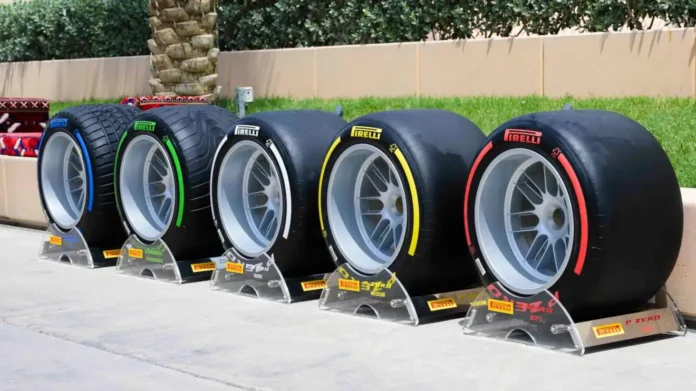The McLaren Advantage Explained
In the highly competitive world of Formula 1, every detail counts, and sometimes, it’s the smallest elements that yield the most significant advantages. Recently, a theory has gained traction, attributing McLaren’s performance edge, particularly in tyre life, to innovative brake cooling techniques. This theory stems from insights shared by a former McLaren staff member, shedding light on why the team’s MCL39 continues to outperform rivals, especially during race distances.

Tyre Management and Race Performance
McLaren’s strategy has allowed its drivers, Oscar Piastri and Lando Norris, to maintain a substantial gap ahead of competitors, as witnessed during the Miami Grand Prix. A distinctive pattern emerged: while car performance remained closely matched over single laps—evident in qualifying sessions—McLaren’s MCL39 exhibited remarkable stamina as the race progressed. The team’s ability to keep its brakes cooler translates directly into prolonged tyre life, permitting consistent speed where others falter.
Engineering Insights and Technical Regulations
Teams like Red Bull have started to scrutinize McLaren’s brake designs, employing thermal cameras to analyze the temperature differences between their brake systems and McLaren’s. After a thorough inspection by the FIA of McLaren’s rear brake design, the results confirmed legality, indicating that this innovation remains within the regulatory framework. What stands out is the clever engineering behind the brake drums and their cooling mechanisms, including internal airflow ducting and materials, that are less restricted under current regulations.
This understanding of thermoregulation not only exemplifies McLaren’s sophisticated engineering but also highlights the potential advancements in motorsport technology that could redefine race strategies.




